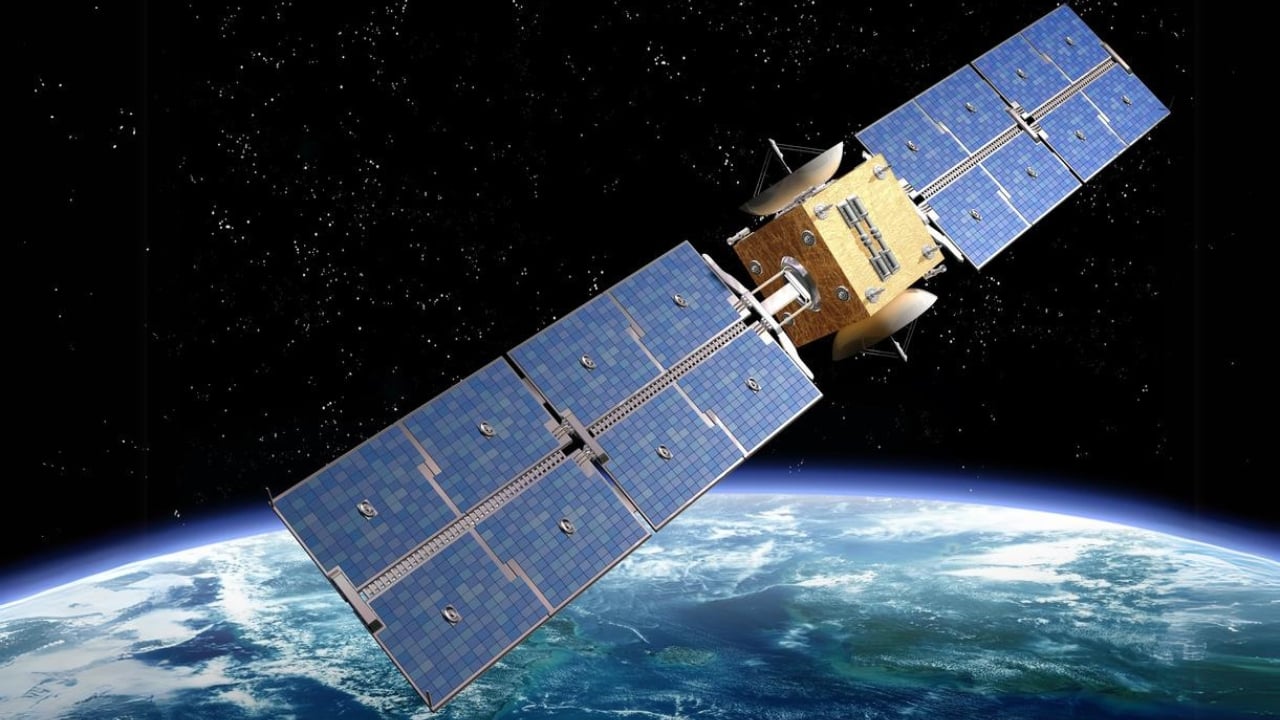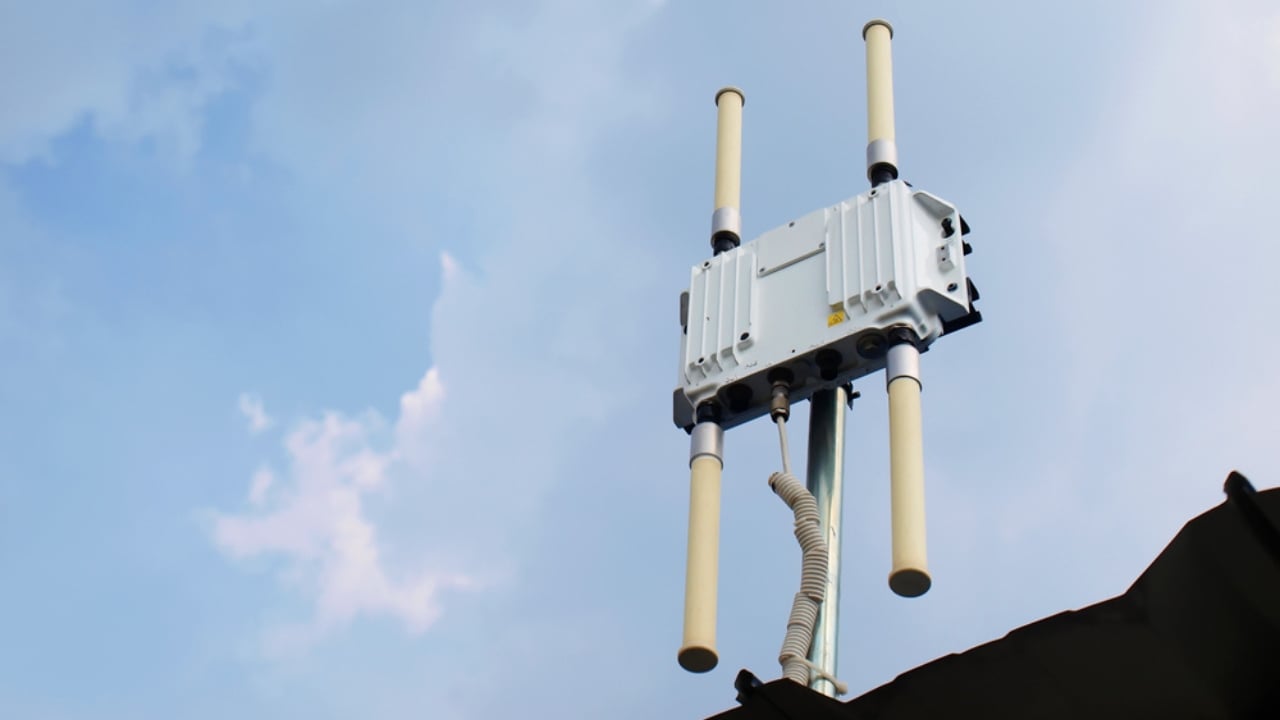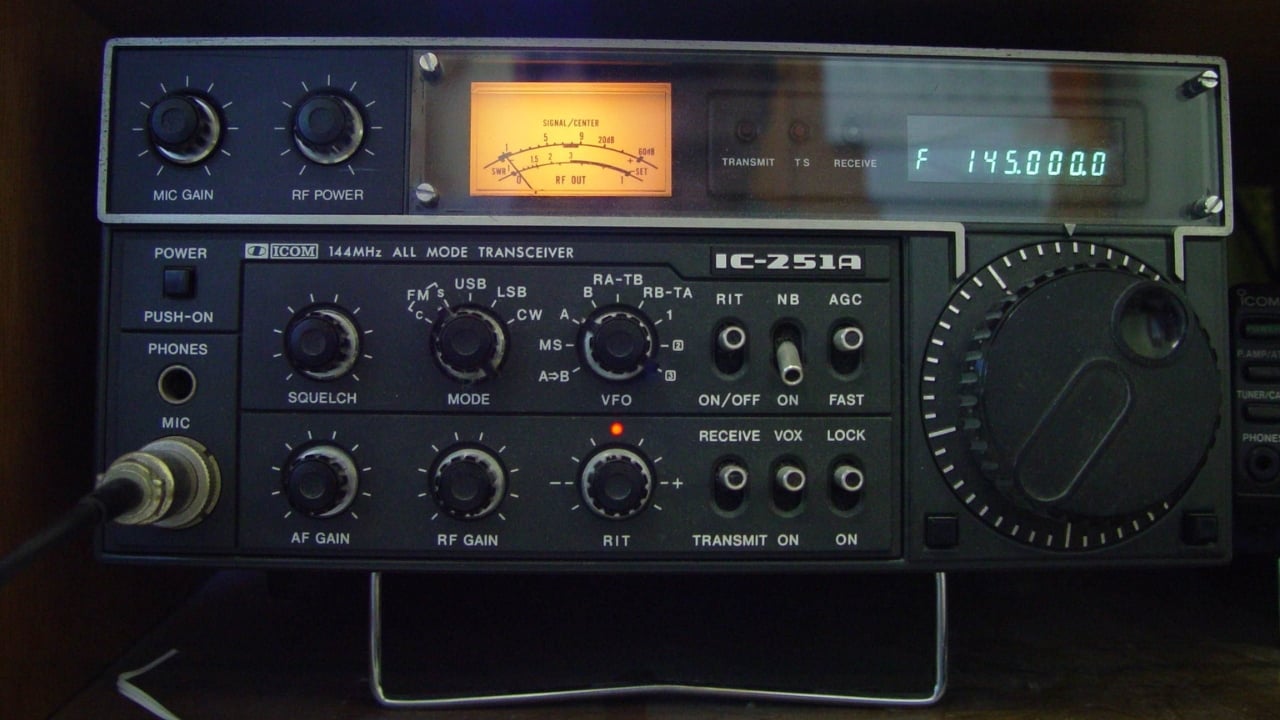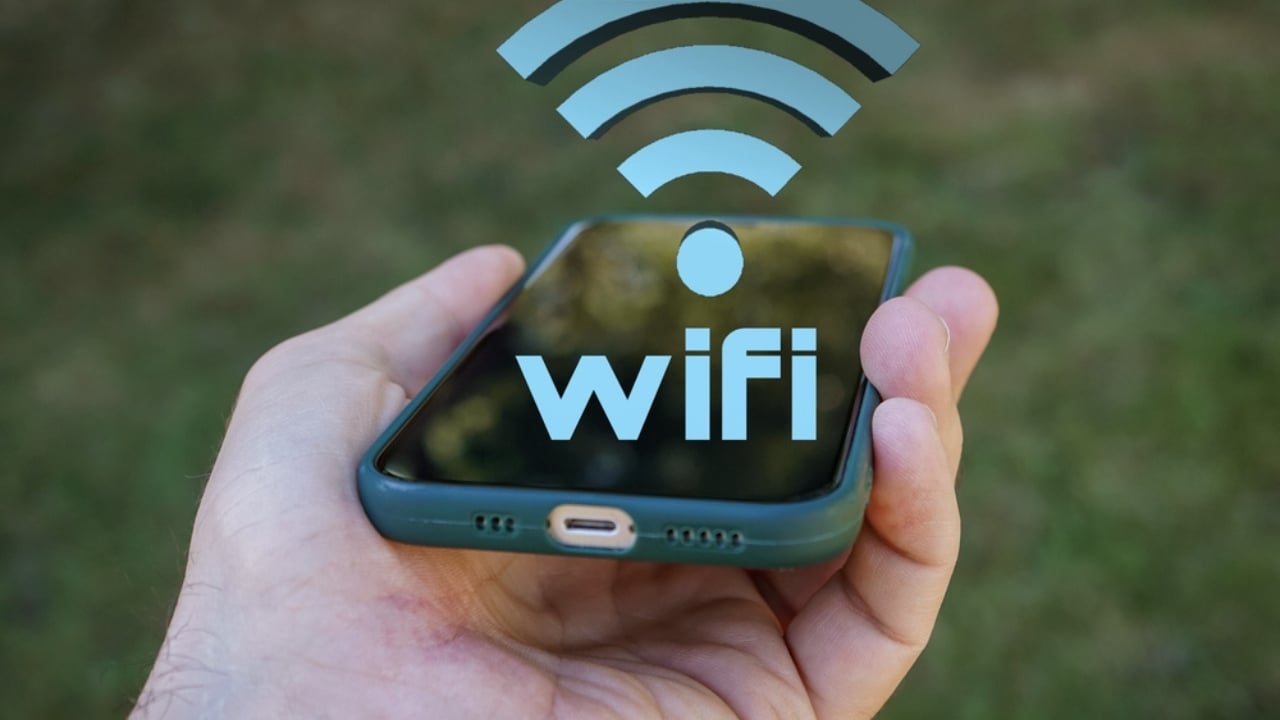Living off-grid doesn’t mean disconnecting. With the right tech, you can stay online, work remotely, and enjoy nature all at once.
From satellite internet to mesh networks, there are options for every remote setup. Whether you’re deep in the woods or on the move, here are seven reliable ways to stay connected off-grid.
1. Satellite Internet: Connecting from Anywhere

Satellite internet is a popular choice for off-grid locations, as it doesn’t rely on terrestrial infrastructure. Providers like Starlink, HughesNet, and Viasat offer wide availability, making it possible to get online even in remote areas.
How does it work? A satellite dish installed at your off-grid home communicates with orbiting satellites, providing a link to the internet.
While satellite internet offers the advantage of being available almost anywhere, it does come with some drawbacks. Latency tends to be higher compared to other options, and the connection can be affected by weather conditions. It’s also generally more expensive than traditional broadband.
To set up satellite internet, you’ll need a satellite dish and a modem. Speeds and data caps vary depending on the provider and plan you choose. Be prepared for installation costs and monthly fees that are higher than typical broadband plans.
2. Mobile Broadband: Harnessing Cellular Networks

If your off-grid location has cellular coverage, mobile broadband can be a convenient way to access the internet. By leveraging 4G or 5G networks, you can get online using mobile hotspots, cellular routers, or even your smartphone.
Coverage is a key consideration when relying on mobile broadband in rural areas. Signal strength can vary, but there are ways to boost your connection. Cell signal amplifiers and external antennas can help improve reception at your off-grid home.
One advantage of mobile broadband is its portability – you can take your internet connection with you when you travel. However, data plans may have limitations, and coverage can be spotty in some areas. Research the cellular providers in your area to find the best coverage and data plans for your needs.
3. Fixed Wireless: Point-to-Point Connections

Fixed wireless technology uses radio waves to provide internet access, making it a viable option for off-grid homes within line of sight of the transmitter. This type of connection offers lower latency than satellite and often comes with unlimited data plans.
To set up fixed wireless, you’ll need an outdoor antenna and an indoor router. The antenna communicates with the provider’s transmitter, delivering internet to your home. Speeds are generally reliable, but the service may not be available in all areas.
One drawback of fixed wireless is that it requires professional installation, as the antenna needs to be precisely aligned with the transmitter. However, if you have a clear line of sight to the provider’s equipment, fixed wireless can be a dependable off-grid internet solution.
4. Long-Range Wi-Fi: Extending Your Reach

If there’s a Wi-Fi hotspot within range of your off-grid property, you may be able to use a high-gain antenna to connect to it. Long-range Wi-Fi antennas can extend the reach of your devices, allowing you to access distant networks.
To make this work, you’ll need a Wi-Fi adapter that supports external antennas and a high-gain antenna suitable for the distance you need to cover. Keep in mind that there are legal considerations and regulations around using high-powered antennas, so be sure to research the rules in your area.
While long-range Wi-Fi can be a low-cost solution if there’s a signal available, it does rely on the presence of a nearby hotspot. The connection may also be less reliable than other options, as it depends on the strength and consistency of the source signal.
5. Mesh Networks: Community-Driven Connectivity

Mesh networks offer a decentralized internet solution ideal for off-grid communities. Each node acts as both a receiver and transmitter, creating a resilient network that can keep running even if some nodes go offline. This setup allows multiple homes to share internet access, with signals hopping from one node to another to reach their destination, making it both cost-effective and reliable.
Setting up a mesh network requires community collaboration and basic technical know-how. Participants need compatible equipment and someone to manage configuration. When done right, a mesh network provides a stable and affordable internet option for off-grid neighborhoods.
6. Ham Radio Internet: For the Tech-Savvy

For the technically inclined, ham radio offers a unique way to access the internet off the grid. By using amateur radio frequencies, you can create a link to the internet without relying on commercial infrastructure.
To get started, you’ll need a ham radio license and the appropriate equipment, including a radio transceiver, a terminal node controller (TNC), and a computer. (ref) Keep in mind that there are regulations around using ham radio for internet access, and speeds will be limited compared to other methods.
While ham radio internet is not for everyone, it can be a fun and rewarding project for those with the necessary skills and interest. It offers the advantage of being independent from commercial providers and has the potential for long-range communication.
7. Portable Satellite Terminals: Internet on the Move

For off-grid adventurers needing internet on the move, portable satellite terminals like the Iridium GO! and Inmarsat BGAN offer compact, reliable solutions. These devices provide global satellite connectivity, perfect for nomadic lifestyles and remote locations.
However, portable terminals have limitations. Data speeds are slower than fixed satellite systems, and the cost per megabyte can be high. For those prioritizing connectivity while exploring off-grid, a portable satellite terminal can be invaluable—just expect slower speeds and higher costs than home internet.
Choosing the Right Off-Grid Internet Solution

When selecting an off-grid internet solution, consider factors like your location, budget, data needs, and technical skills. What works best for one off-grid household may not be the ideal choice for another.
It’s also wise to have backup options and redundancies in place. Relying on a single method of internet access can leave you vulnerable if that system goes down.
Davin is a jack-of-all-trades but has professional training and experience in various home and garden subjects. He leans on other experts when needed and edits and fact-checks all articles.

